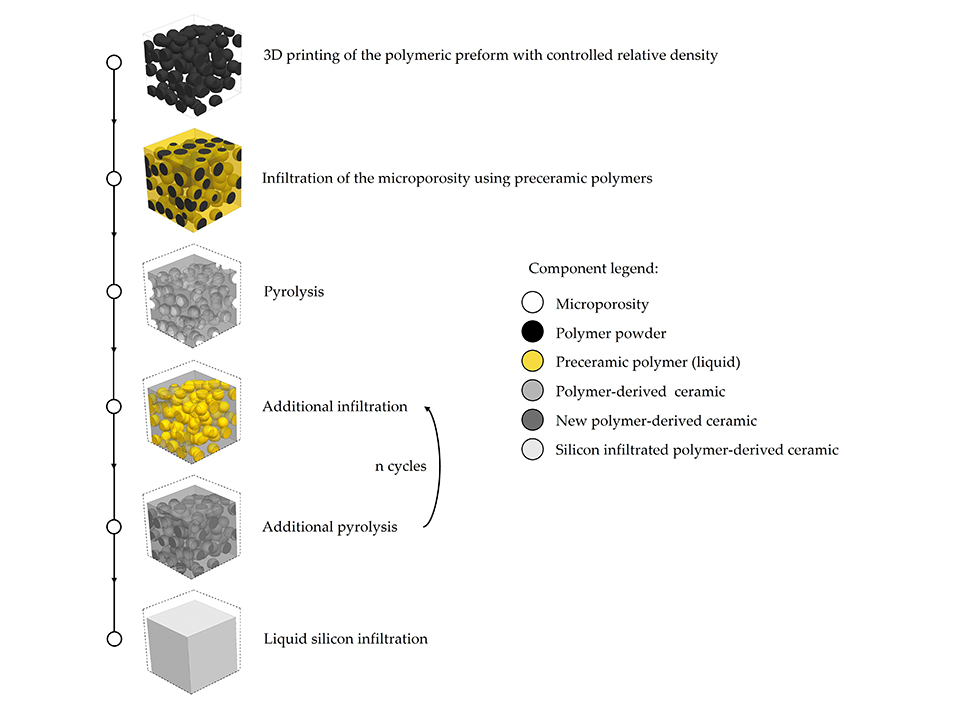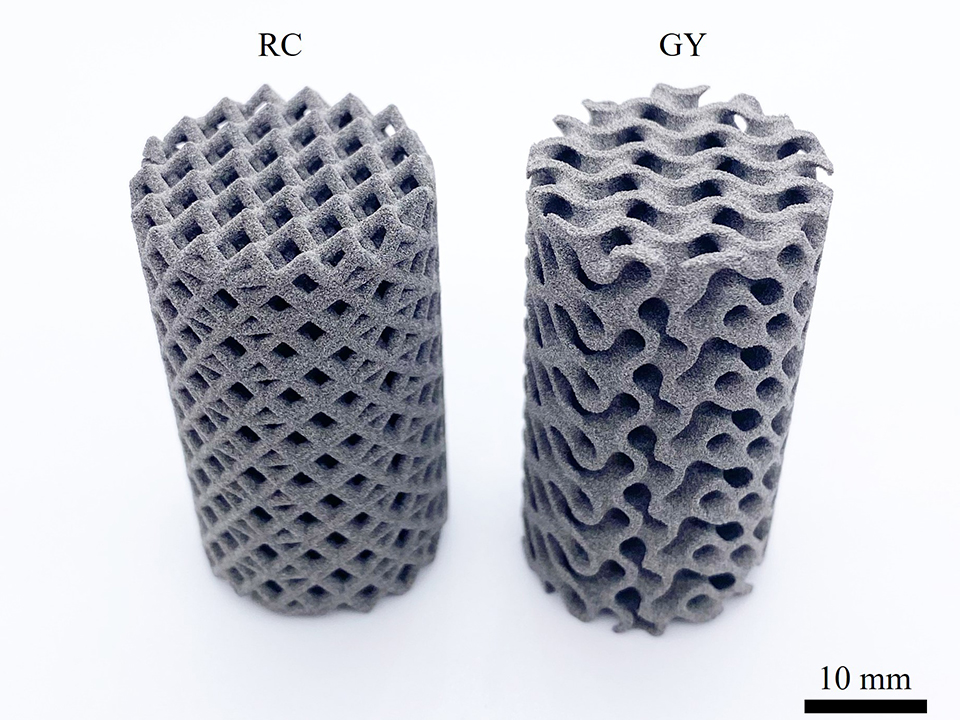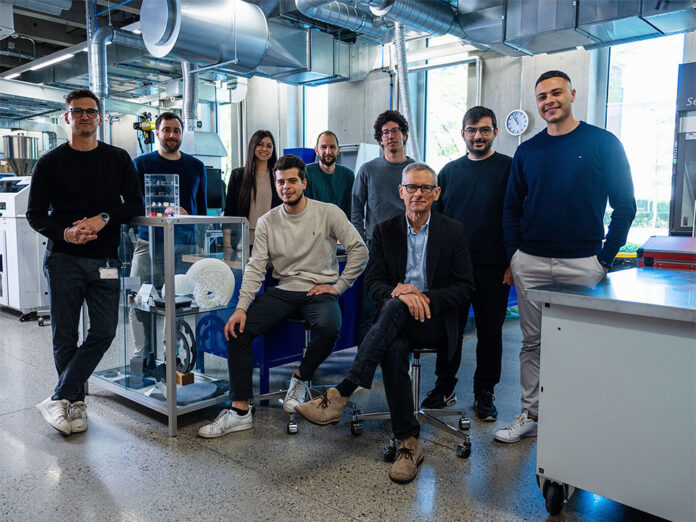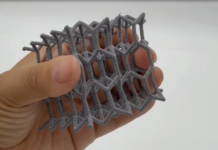Complex ceramics can be processed by a wide range of AM processes. Among these processes, the use of SLS 3D printing has often been mentioned with limited potential. A research from PhD student Marco Pelanconi shed light on the development of a novel hybrid additive manufacturing process to fabricate complex ceramic structures. Interestingly, SLS 3D printing would have played a key role in this development.
What drives this research is the potential that porous 3D prints possess for ceramic materials. To produce complex ceramic architectures, Pelanconi 3D prints polymeric preforms with high microporosity using SLS 3D printing. Following an infiltration with preceramic polymers, he uses pyrolysis to obtain a polymer-to-ceramic conversion at around 1000°C. A final densification is performed via molten silicon infiltration to achieve ceramic parts with high density.
According to the researcher, the Sintratec Kit from Sintratec allowed them to change a lot of printing parameters, including powder surface temperature, layer thickness, laser speed, hatching spacing, and more, making it easy to control the porosity of the 3D printed parts. With these specifications, he has been able to achieve the right porosity, which was crucial to this experimentation.

To illustrate how this method could be used for especially complex shapes, Pelanconi’s research focused on two cylindrical porous structures with different topologies: a rotated cube and a gyroid. After printing with Sintratec PA12 and subsequent conversion into ceramics, the resulting parts exhibited outstanding mechanical and thermal properties. They maintained their pristine shape without distortion or macrocracks, despite a shrinkage of ~25%. According to Pelanconi, their impressive biaxial strength of 165 MPa could still be increased through further process optimization, a press release explains.
Complex ceramic architectures are promising because they would provide “unmatched thermo-mechanical properties that cannot be provided by steels, such as high temperature resistance, high oxidation resistance, high thermal shock resistance and high strength”, emphasizes Pelanconi. Therefore, ceramics are well suited to be used in extreme environments, e.g., in heat exchangers, catalyst supports, thermal storage, burners, or aerospace. This innovative approach, carried by Marco Pelanconi within the HM Lab, could be exploited by the high-tech industry thanks to the many different ceramic materials obtainable from a wide range of preceramic polymers.
Remember, you can post free of charge job opportunities in the AM Industry on 3D ADEPT Media or look for a job via our job board. Make sure to follow us on our social networks and subscribe to our weekly newsletter : Facebook, Twitter, LinkedIn & Instagram ! If you want to be featured in the next issue of our digital magazine or if you hear a story that needs to be heard, make sure to send it to contact@3dadept.com






